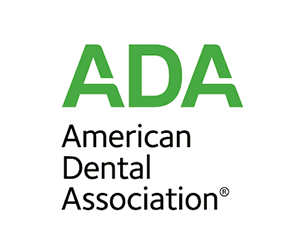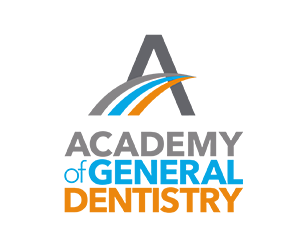For one pontic and two crowns
Dental Bridges in San Diego
Missing teeth distract from the charm of a smile, and can cause a person to experience a loss of self-confidence. If you stifle your smile behind closed lips in order to hide your missing teeth from others, you’re also missing out on some of the social, psychological, and health benefits of smiling.
Replacing your missing teeth can help you smile freely again. It also helps keep your remaining teeth in proper alignment. There are a range of different tooth-replacement options available today, and dental bridges are some of the more affordable. Read on for more information.
What are dental bridges?
A dental bridge is an appliance designed to replace a missing tooth or missing teeth by fastening a prosthetic tooth (a pontic) to the adjacent teeth. Crowns are usually placed on top of the support teeth (also called the abutment teeth), but implants and other methods are used as well. A dental bridge can be used to replace one tooth or multiple teeth.

When and why are dental bridges necessary?
When a tooth is missing, it’s important to fill the space right away because the longer the gap remains, the higher the likelihood that the remaining teeth will shift out of alignment. When this happens, it can cause significant discomfort, increase the chances of tooth decay and infection, and potentially cause severe dental complications down the road. A dentist may recommend an implant if only a single tooth is missing, but not everyone has enough jawbone to support an implant. Other people prefer a non-surgical option. And when multiple teeth need replacing, dental bridges are the more affordable option. Using a dental bridge to close the gap left by missing teeth helps to keep the teeth from shifting out of place. It also keeps the smile looking great.
How much do dental bridges cost?
Like most other dental services, the cost of dental implants depends on a variety of factors. In general, traditional bridges can run $2,000 to $5,000 for one pontic and two crowns, Maryland bridges can cost $1,500-$2,500 for a single pontic with the framework, and implant supported bridges can run between $5,000 and $15,000 for two implants and three or four pontics. But, again, the cost could be higher or lower, depending on these factors:
- Number of teeth replaced
- Location of teeth replaced
- Health of abutment teeth
- Scope of treatment
- Any additional procedures needed
- Location of dental practice
- Expertise and reputation of dentist
- Your insurance coverage
- Other factors particular to your case
The best way to get an estimate of the cost of dental bridges to replace your missing teeth is to schedule an appointment with Dr. Salami. She’ll evaluate your teeth, explain your options, and give you an idea of the costs involved.
4 types of dental bridges
There are a few different types of dental bridges available. Choosing the right one depends on the location of the missing tooth, the health of the adjacent teeth, and other factors. The four main types of dental bridges include:
- Traditional dental bridge
A traditional dental bridge is the most common type. It involves one or more replacement teeth affixed to dental crowns on the teeth adjacent to the gap. This type of bridge requires strong and healthy abutment teeth. - Cantilever dental bridge
A cantilever has all the same components of a traditional bridge, except that it uses only a single abutment tooth. This can be a more affordable option, as only one crown is needed, but because only the single crown will be supporting the whole bridge, it’s typically only recommended for replacing a single tooth. And a cantilever bridge should be avoided on the back teeth. - Maryland dental bridge
A Maryland dental bridge differs from the traditional dental bridge in that it does not use crowns to support the pontic. Instead, it uses a metal or porcelain framework attached to the backs of the abutment teeth. This alleviates the need to remove enamel from the abutment teeth. It’s often used on the front teeth. - Implant supported dental bridge
An implant supported bridge uses dental implants rather than crowns to support the prosthetic teeth. Dental implants feature titanium posts inserted into the jaw, and a crown attached by way of an abutment. The titanium posts fuse to the jawbone for a solid and stable structure that looks, feels, and functions just like a natural tooth. The pontics are fastened to the two implant crowns, which hold them securely in place. An implant supported dental bridge is a good solution for people who have several missing teeth or who have weak or damaged abutment teeth. The implants also provide the added benefit of supporting jawbone health. If a patient does not have sufficient jawbone to support the implants, a bone graft may be needed before the implants can be placed.
Your amazing smile is only a phone call away. Book your appointment today.







